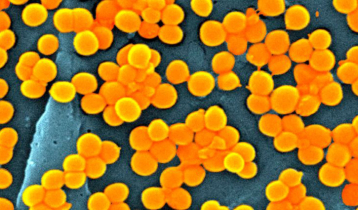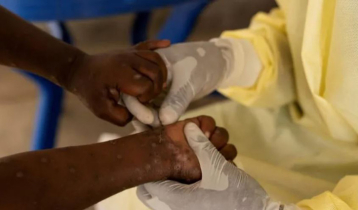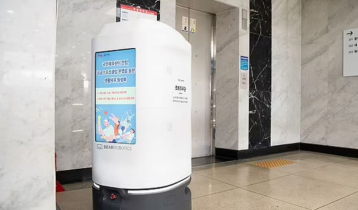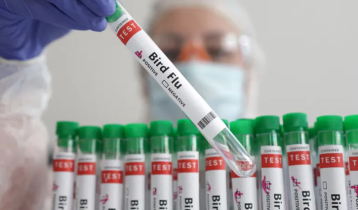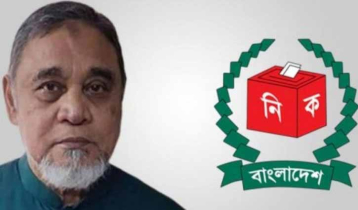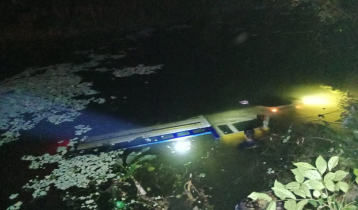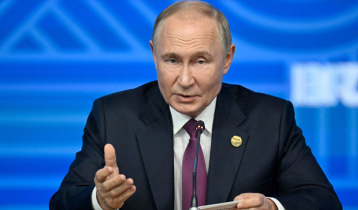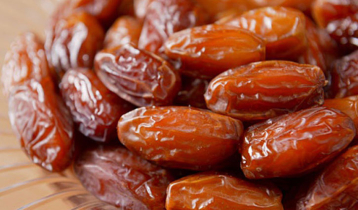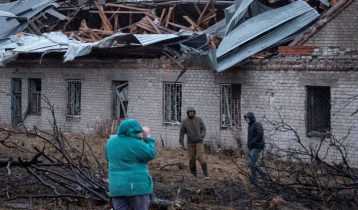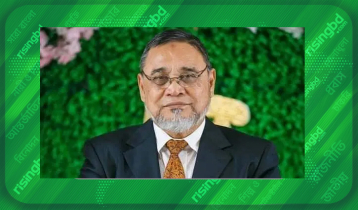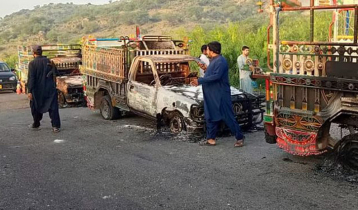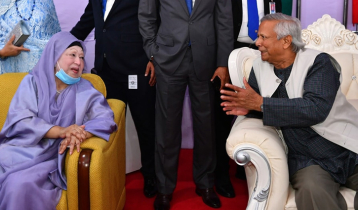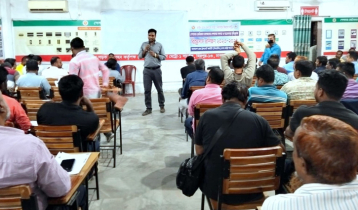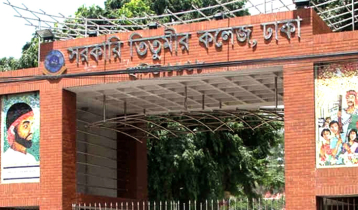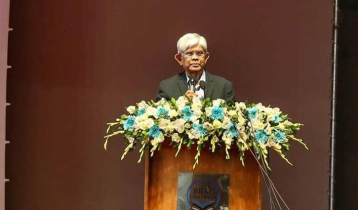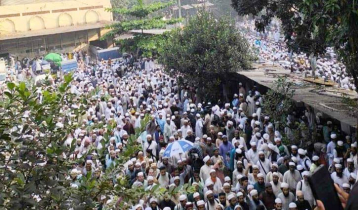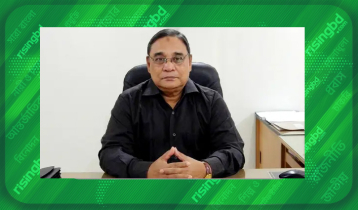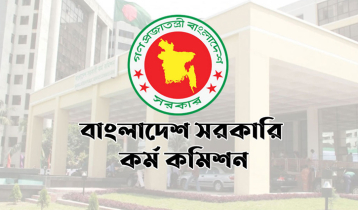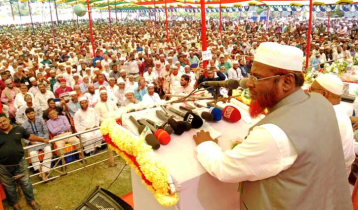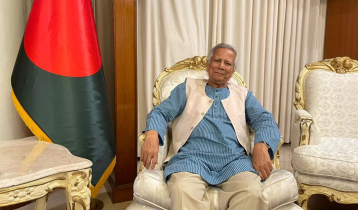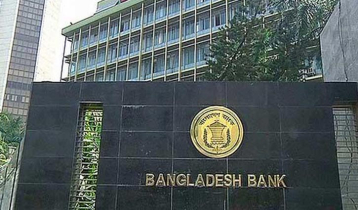NASA's plan to save humanity from Yellowstone supervolcano
4 || risingbd.com

Risingbd Desk: A NASA scientist has spoken out about the true threat of supervolcanoes and the risky methods that could be used to prevent a devastating eruption.
Brian Wilcox, a former member of the NASA Advisory Council on Planetary Defense, shared a report on the natural hazard that hadn't been seen outside of the agency until now.
He spoke of the true devastation that could come from an eruption, and the 'risky' methods that the agency is considering for preventing one - including approaches that could potentially go array and set off a supervolcano accidentally.
One such plan would involve drilling into the bottom of the Yellowstone volcano, using high pressure water to release heat from the magma chamber.
'I was a member of the NASA Advisory Council on Planetary Defense which studied ways for NASA to defend the planet from asteroids and comets,' Brian Wilcox, now at NASA's Jet Propulsion Laboratory (JPL) at the California Institute of Technology, told BBC.
'I came to the conclusion during that study that the supervolcano threat is substantially greater than the asteroid or comet threat.'
Earth has around 20 known supervolcanoes, which are simply unusually large volcanoes that have the potential to produce an eruption with major effects on the global climate and ecosystem.
A supervolcanic eruption could be a single short-term event or a long-term massive lava flow lasting up to millions of years.
Major eruptions occur every 100,000 years, with the last major known one being in New Zealand 26,500 years ago.
Such an eruption today could cause a prolonged nuclear winter and global starvation - the United Nations estimated that food reserves worldwide would only enable humans to survive for 74 days.
NASA is weighing methods to prevent a supervolcanic eruption, but the proposed tactics would be difficult to convince politicians of and are extremely risky - some could even wind up accidentally triggering the eruption they are trying to prevent.
One of the most dangerous supervolcanoes is beneath Yellowstone National Park in Wyoming, where pressure is building in an enormous magma chamber, causing hotspots.
Yellowstone currently leaks about 60 to 70 percent of its heat into atmosphere via water which seeps into the magma chamber through cracks, while the rest builds up as magma and dissolves into volatile gasses.
The heat and pressure will reach the threshold, meaning an explosion is inevitable.
NASA has considered that if it could cool down Yellowstone - which is essentially a giant heat generator equal to six industrial power plants - by 35 per cent, it would no longer pose a threat.
But the proposed tactics seem impractical and dangerous, if not impossible.
One already defunct idea was to use water to cool down the supervolcano.
Building a big aqueduct uphill into a mountainous region would be both costly and difficult, and people don't want their water spent that way,' Wilcox said.
'People are desperate for water all over the world and so a major infrastructure project, where the only way the water is used is to cool down a supervolcano, would be very controversial.'
But since it would be nearly impossible to convince policymakers of such a plan, NASA has since considered drilling up to 10km down into the supervolcano to pump down water at high pressure.
The circulating water would return at a temperature of around 662 F (350 C) and slowly extract heat from the bubbling pressure cooked beneath the National Park's surface.
Despite the fact that the mission would cost $3.46 billion, NASA considers it 'the most viable solution.'
Using the heat as a resource also poses an opportunity to pay for plan.
'Through drilling in this way, it could be used to create a geothermal plant, which generates electric power at extremely competitive prices of around $0.10/kWh,' Wilcox said.
'You would have to give the geothermal companies incentives to drill somewhat deeper and use hotter water than they usually would, but you would pay back your initial investment, and get electricity which can power the surrounding area for a period of potentially tens of thousands of years.'
'And the long-term benefit is that you prevent a future supervolcano eruption which would devastate humanity.'
But this method of subduing a supervolcano may be too good to be true - it has the potential to backfire and trigger the supervolcanic eruption NASA is trying to prevent.
'If you drill into the top of the magma chamber and try and cool it from there, this would be very risky,' Wilcox said.
'This could make the cap over the magma chamber more brittle and prone to fracture - And you might trigger the release of harmful volatile gases in the magma at the top of the chamber which would otherwise not be released.'Carefully drilling from the lower sides, however, could work.
'This way you're preventing the heat coming up from below from ever reaching the top of the chamber which is where the real threat arises,' Wilcox says.
Even besides the potential devastating risks, the plan to cool Yellowstone with drilling is not simple.
Source: The Mail
Risingbd/Aug 19, 2017/Mukul
risingbd.com


